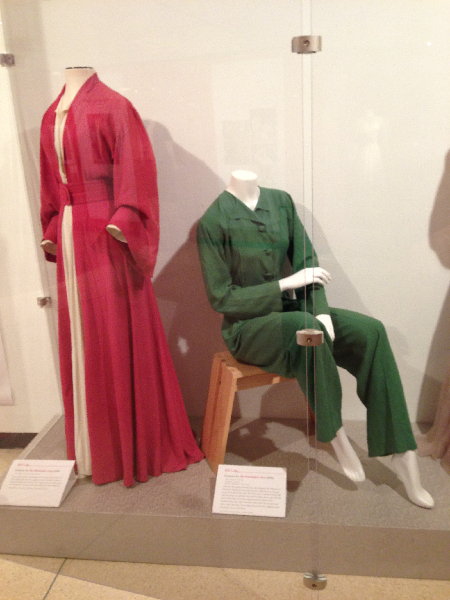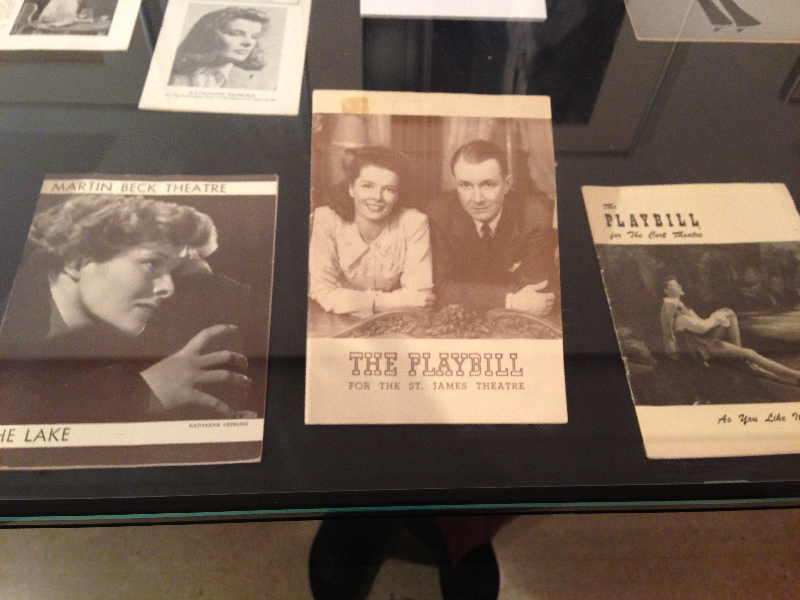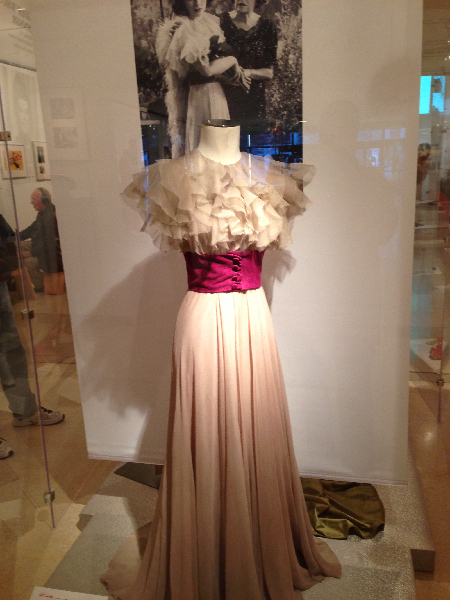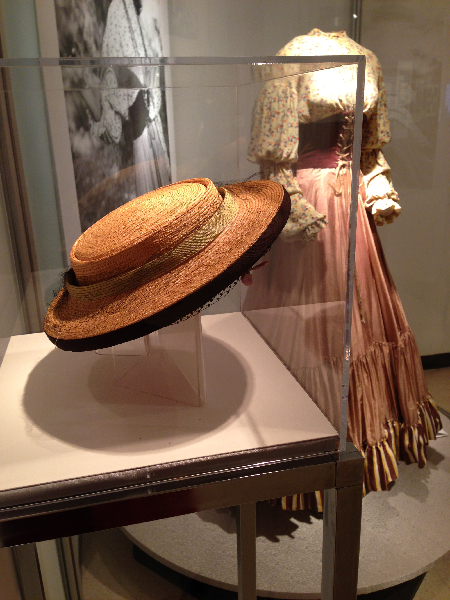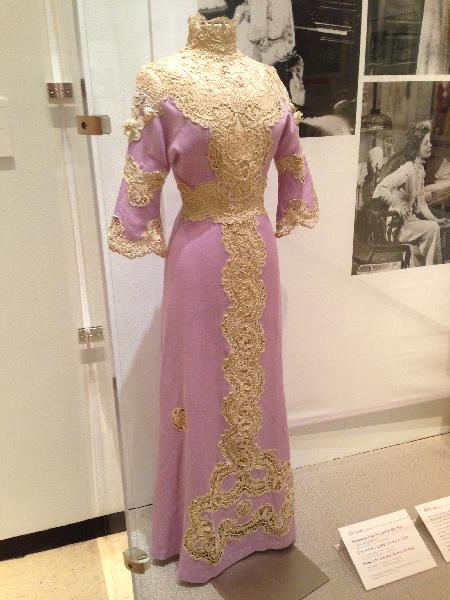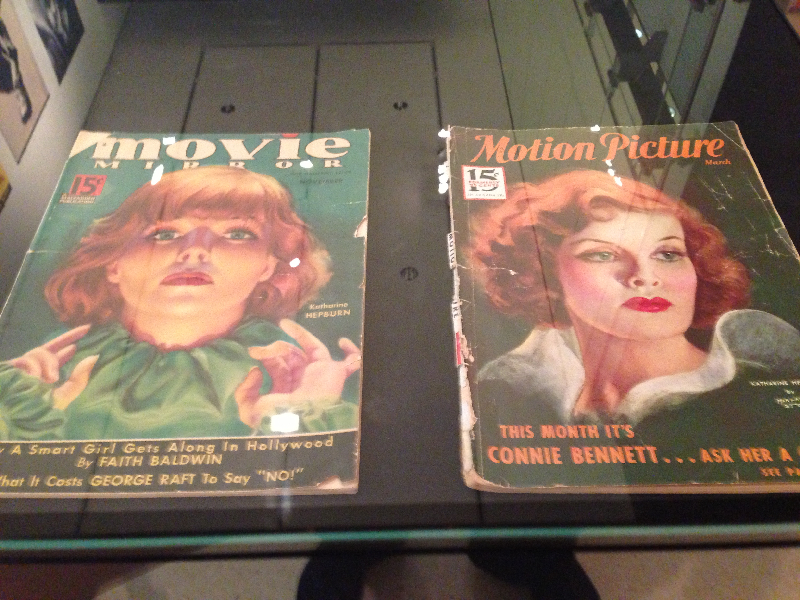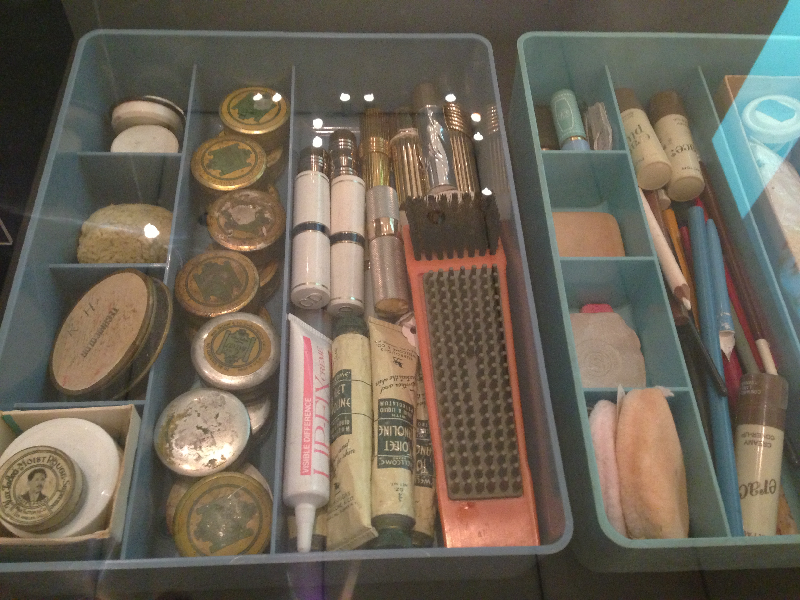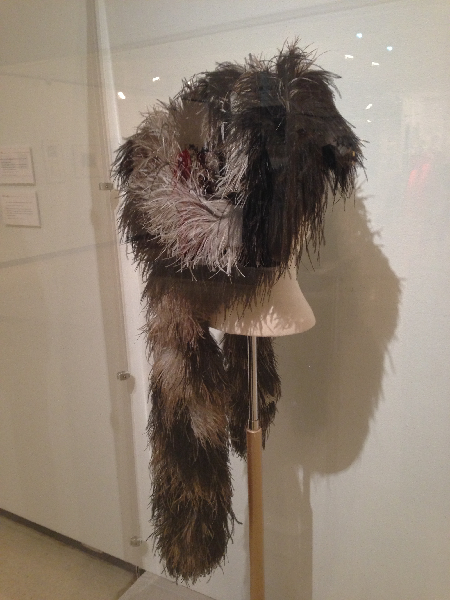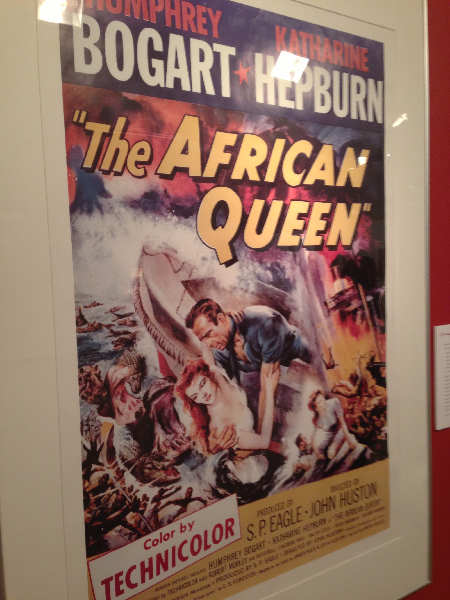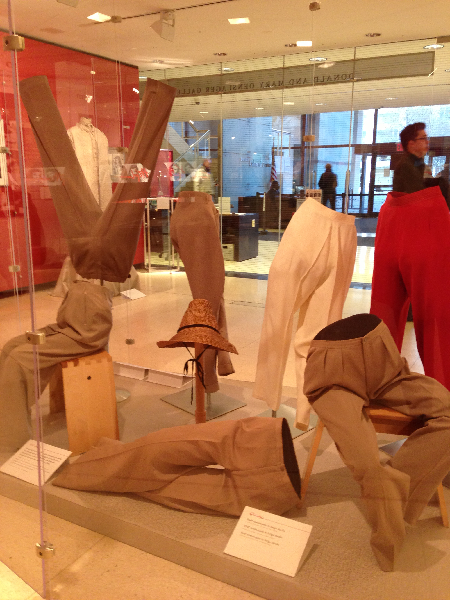The New York day was jammed – with heat, with tourists, with smells, and with action. Three museums, two plays, a movie, and a partridge…
Best of all though was walking the streets and letting New York happen.
Seeing “Skeleton Crew” by Dominique Morrisseau was brilliant enough in itself-so assuredly written and acted, characters thick with their (extra)ordinary struggles that transcend when put in Detroit in 2008. The genuine acknowledgement of the craft at its peak with sustained applause through two curtain calls. The wonder of discovering a gloriously talented playwright.
After, I had nowhere to be fast or slow. As I strolled out the door onto the sweltering street, I smiled at a woman sitting on her stoop (Atlantic is on a residential street in Chelsea), and she smiled.
A tiny women, all bent over, asked, “so how was it?”
“Excellent”…”so good,” a young man and I answered together.
“I’ll get my ticket,” she said tottering toward the theater.
The young man, so pretty and sweet and gay and put together, and I compared notes, admiring the playwright, whom he worked with when he first moved to the City. Turns out he’s 39, although he looked 23 at most, and an actor. Of course. We chatted amiably until parting for the next adventure.
I turned the corner, scanning for Blossom where I was planning to have a vegan burger with the onion ring and vegan bacon inside–crunchy and yummy by the way. I stopped in front of a movie theater playing “Love and Friendship.”
Nothing feels so good as the cinema on a really beastly day. Okay, I thought, I’ll just see what time it’s playing.
In 30 minutes. So I got a ticket, now involving selecting an exact seat.
“You have such beautiful diction,” commented the ticket sales woman.
“I narrate for the blind.”
“See there? I’m so smart. I just at knew it,” she said proudly, handing over my ticket as she peered over her cheaters with a smile.
I smiled right back, then went outside to find Blossom. The girl working as a greeter at the entrance to the theater looked with me across the street. “I don’t know it,” she mourned, throwing her hands up in resignation.
I went across the street anyway in search and found its tiny storefront camouflaged behind the only tree on the block.
After my burger, I found the same girl stationed by the door, and she seemed delighted I came back to report to her. We shared a moment about that tree.
The movie based on Jane Austen’s Lady Susan promised to be her most biting, with its true antiheroine. But alas it was unfinished, and the movie feels the same. Its sour cynicism is enormously amusing though.
After, even though the evening was still oppressively hot, I decided to walk the 20 blocks to the Broadway theater. Still in Chelsea, virtually everyone responded to my sparkly glasses and goofy grim with a smile right back. The tall, slim young man waiting for the 8th Ave bus, the bagel peddler, the barista selling iced, cold brew coffee.
My first sip exploded like a crunched, toasted coffee bean in my mouth, round, smooth, and strong. Was anything ever so delicious?
Of course, entering the Penn Station area, then Times Square, sobered me up fast, and I got back to people watching with my game face on. The two girls, all brown flesh and swagger, in their rainbow-colored, twisted balloon crowns. The three sailor boys in their Navy whites. Wait! One was a girl, her blonde hair braided and tucked under her cocked cap, and her thin, wire-rimmed glasses just cloaking her Times-Square-neon blue eyes. The long, sweaty lines of theater goers waiting for that first whoosh of theater-cold air and relief.
Summer in New York can be horrible, but its neighborhoods and people never are. The best part of any day.
Wonderful exhibits. I was captured by the shadows, creating new works of art.

Moholy-Nagy, Twisted Planes, plexiglass and steel, 1946 at the Guggenheim

Hellenistic Wrestlers at the Met

Zeus’ head and fist at the Met

Greek theatrical masks at the Met








 Sophie Tucker was the original Red Hot Mama and every hot moment is explored in the delightful new documentary
Sophie Tucker was the original Red Hot Mama and every hot moment is explored in the delightful new documentary  A star that made stars, she starred in the first film after The Jazz Singer, featuring Al Jolson, but she called it a “stinkeroo.” Her second, Broadway Melody of 1938, launched Judy Garland with her generous helping hand. She was friends with both Al Capone and J. Edgar Hoover, finding the human in everyone.
A star that made stars, she starred in the first film after The Jazz Singer, featuring Al Jolson, but she called it a “stinkeroo.” Her second, Broadway Melody of 1938, launched Judy Garland with her generous helping hand. She was friends with both Al Capone and J. Edgar Hoover, finding the human in everyone.













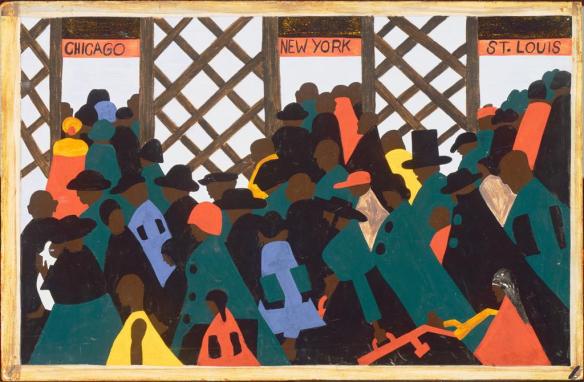
 It’s not often than academic politics are the subject of a movie, and I’m not sure “
It’s not often than academic politics are the subject of a movie, and I’m not sure “
 The Age of Love
The Age of Love  Mark Schenker, Dean of Academic Affairs of Yale College, provided fascinating insights into how to “read” a Hitchcock film. We focused on “
Mark Schenker, Dean of Academic Affairs of Yale College, provided fascinating insights into how to “read” a Hitchcock film. We focused on “ which is bookended at the end, is loose, a metaphor for her notorious lifestyle. His hair is plastered down, unmoving, for his overly buttoned-up temperament. He is silent, unable to speak, certainly incapable of expressing emotion, which costs the two of them. Her mode is talking, another symptom of her looseness. The contrast of silence and talking is a theme among the other characters, as well as for the film, which has long stretches of complete silence, alternating with fast dialogue.
which is bookended at the end, is loose, a metaphor for her notorious lifestyle. His hair is plastered down, unmoving, for his overly buttoned-up temperament. He is silent, unable to speak, certainly incapable of expressing emotion, which costs the two of them. Her mode is talking, another symptom of her looseness. The contrast of silence and talking is a theme among the other characters, as well as for the film, which has long stretches of complete silence, alternating with fast dialogue.

 These serious themes weave through his career, culminating in “The Cardboard Bernini.” On the surface, the work is a bravura of scissors, glue, razored edges, and adze-formed curvilinear shapes. Plus Grashow invests the recreation with his philosophy. His vision: to make something heroic out of something no one wants, then allow it to be destroyed. He knew he was not going to pull a
These serious themes weave through his career, culminating in “The Cardboard Bernini.” On the surface, the work is a bravura of scissors, glue, razored edges, and adze-formed curvilinear shapes. Plus Grashow invests the recreation with his philosophy. His vision: to make something heroic out of something no one wants, then allow it to be destroyed. He knew he was not going to pull a 


 Tonight, I went across the street to the Yale’s Whitney Humanities Center for a screening of the new film “Philomena” with Judi Dench and Steve Coogan, who also wrote and produced the movie. Tender and traditionally told, the story centers on a not-too-bright Irish woman who longs to find the son taken from her as an unwed mother in a convent.
Tonight, I went across the street to the Yale’s Whitney Humanities Center for a screening of the new film “Philomena” with Judi Dench and Steve Coogan, who also wrote and produced the movie. Tender and traditionally told, the story centers on a not-too-bright Irish woman who longs to find the son taken from her as an unwed mother in a convent.

 When I first started watching “
When I first started watching “











